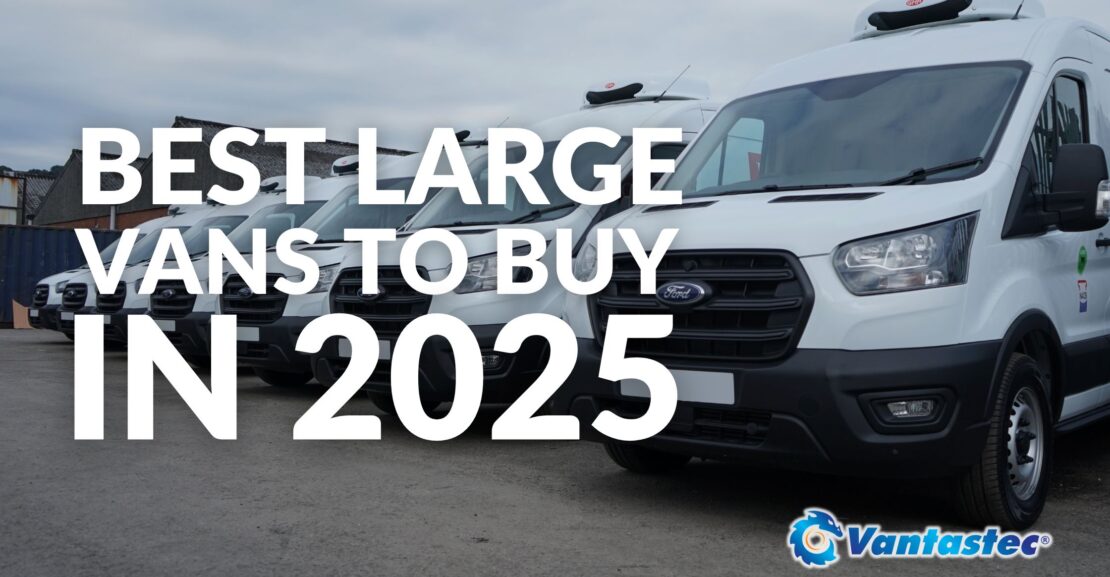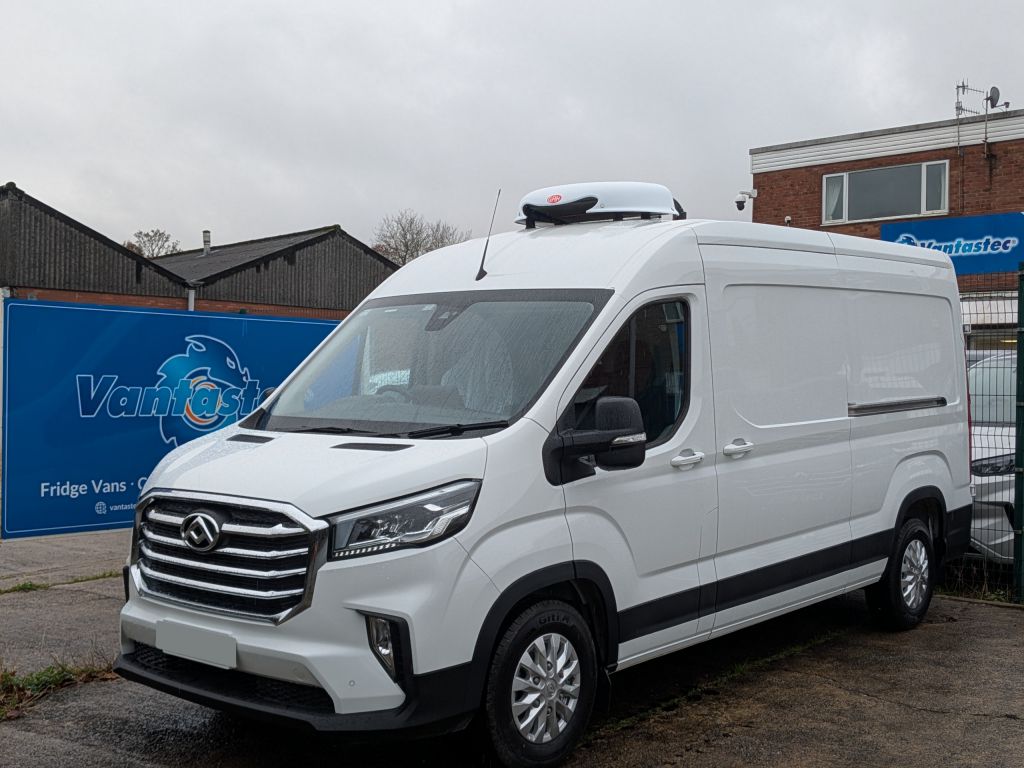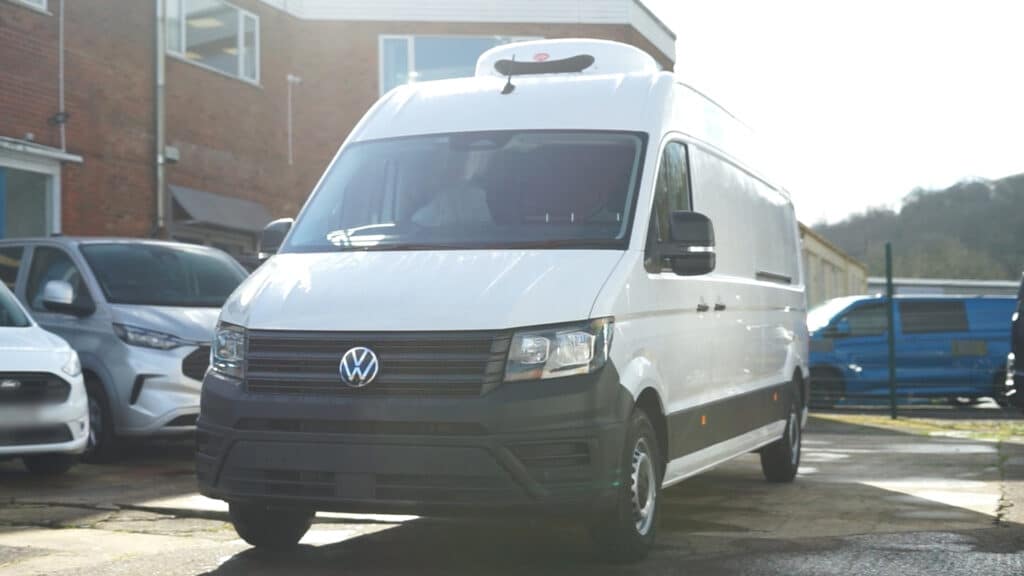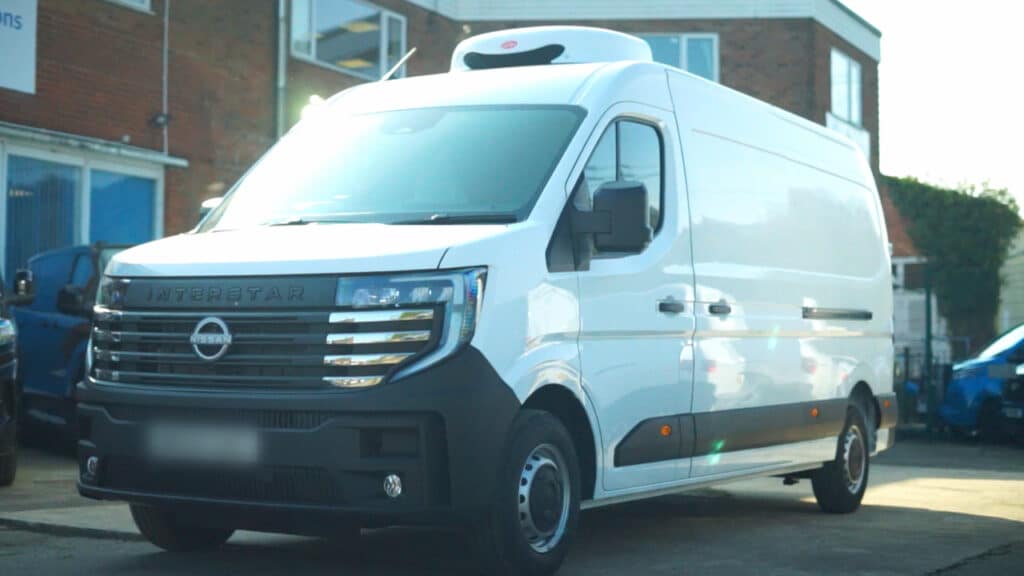What Is The Best Large Van To Buy In 2025?
In this guide, we outline four of the best large van models you can buy for your business in 2025.
Large vans mean business.
No matter your line of work or the goods you’re transporting, large vans always get this job done.
By landing on this page, we can only assume you have an itch a small or medium-sized van can’t scratch.
The only problem is there are so many options for buyers to choose from; all with varying sizes and specifications to make matters more confusing.
So, what exactly are the best large van models you can buy in 2025? In this guide, we’ll compare four of the most popular large vans available, so you have a clear idea of which best suits you.
Stay tuned for the results…
Vantastec Specialises In Vans And Conversions Of All Shapes And Sizes. Click Here To Browse Our Full Range Of Large Vans.
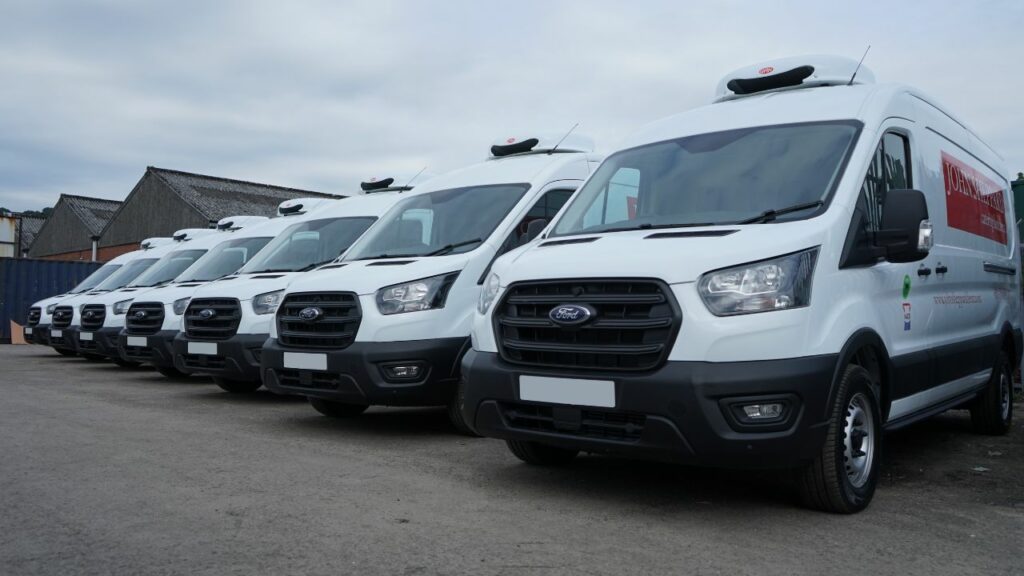
How Have We Decided Which Is The Best Large Van?
First, some housekeeping.
Large vans are often referred to as ‘long wheelbase’, ‘lwb’ and ‘big’ vans. Just know that if we use any of these phrases throughout this guide, they all mean the same thing.
We’ve only included 3.5-tonne vans and lighter. Some models may come in 4 or 5-tonne versions, but you can’t drive anything heavier than 3.5 tonnes on a standard driver’s license. So, they’re not the most accessible to everyday van drivers; even though the payloads are significantly higher.
Also, we will not be comparing subjective factors such as build quality, customer service, brand reputation and general buyer preference.
Comparisons will instead be made by analysing objective data taken directly from the manufacturers’ brochures and websites.
Regarding reliability, objective data on each vehicle’s reliability is not easily accessible at this moment. So, it would be unfair to compare them.
If reliability is your main concern, carrying out regular maintenance as per the manufacturer’s recommended schedule will contribute massively to prolonging your van’s lifespan.
We also recommend getting a vehicle complete with a manufacturer’s warranty, so key components such as the engine, transmission and electronics are covered if they fail unexpectedly.
Combine this with decent breakdown cover and you’ll achieve true peace of mind.
Now, back to our list.
We’ve analysed how four of the most popular large van models compare in five key areas buyers consider when searching for a new vehicle.
Then, we’ve ranked the vehicles based on each category.
Here are the five categories we’ll be considering:
Load Area
The load area is the space in the back of a van where you put things.
Load space is measured in cubic metres, and calculated using the length, height, and width of the area.
The larger the load area, the more stuff you can carry.
Considering van buyers choose to drive large vans because of the increased storage space, it’s safe to assume load area is one of the most important factors when comparing large van models.
Fuel Economy
We’ll be comparing diesel models only. Out of the traditional internal combustion engines, they offer the best fuel economy. Plus, these models are the most widely available.
Electric or hybrid variants will be a better option if you want the best fuel economy. However, not every large van model has an electric version. And not every van driver finds them practical in working environments.
Manufacturer’s Warranties
One of the biggest benefits of getting a brand-new van is having a full manufacturer’s warranty.
Warranties on new vehicles are valid from the date of the vehicle’s registration. So, say you bought a used one that’s only a year old, you’ll still benefit from the remaining warranty period.
Providing you look after your van by keeping up with regular servicing and maintenance, your van should stay in perfect working order.
However, the peace of mind a warranty brings is unmatched.
Typically, warranties will cover all mechanical and electrical components. However, wear and tear items such as brake disks, tyres, fluids, or clutches may not be covered.
Most importantly, though, engines, gearboxes and electrical components will usually be covered by a manufacturer’s warranty – which is handy as they’re usually the most expensive to fix.
NOTE: The level of coverage per warranty will vary depending on the manufacturer. Before purchasing a vehicle, we strongly recommend you study each manufacturer’s terms and conditions so you have a clear understanding of what is and isn’t covered.
Payload
Payload is how much weight your van can carry.
Overloading your van is a criminal offence. It can also cause excessive damage to your tyres and suspension.
If you’re carrying heavy products, you need a van capable of safely carrying the cargo you need.
If this is the case for you, make sure you prioritise payload.
Price
Finally, price.
We’ll be comparing the recommended retail price of each van model, taken directly from the manufacturer’s website.
Prices will vary depending on many factors, such as the level of specification, size variant, engine and more.
Van prices can fluctuate often. While exact figures can change as and when the manufacturers decide, our comparison will give you a general idea of how each make and model fit in the pricing hierarchy.
Without further ado, here are four of the best large van models you can buy right now.
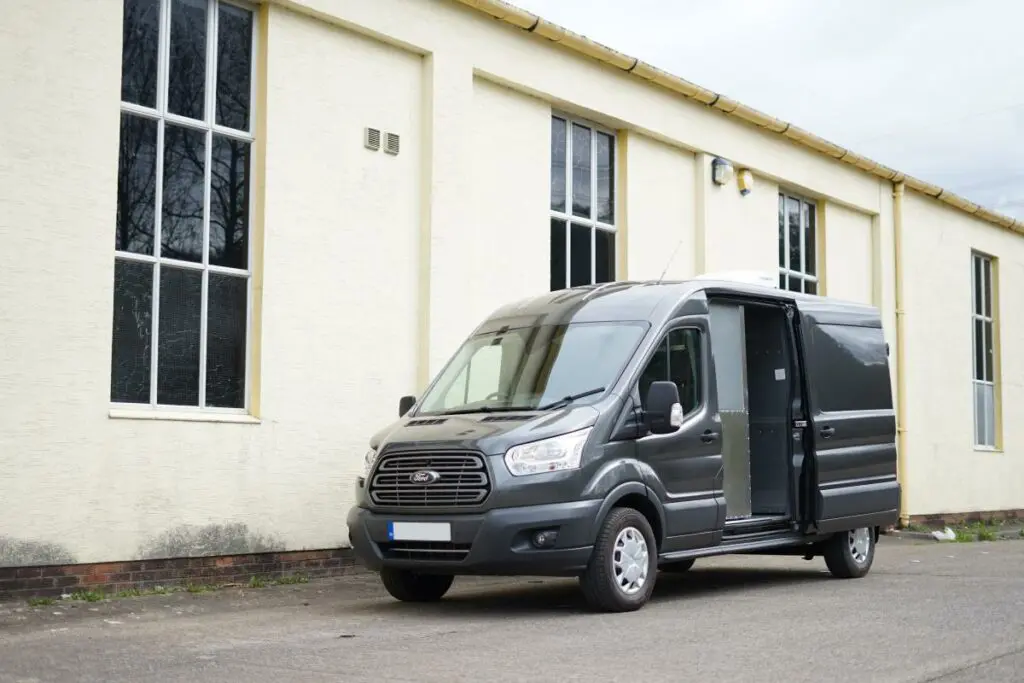
1. Ford Transit
Recommended variant: Ford Transit L4H3 2.0l EcoBlue 130PS RWD
Let’s kick things off with one of the most culturally significant van models in the world.
The Ford Transit has consistently been the second highest-selling new van in the UK, beaten only by its smaller sibling, the Transit Custom.
The Transit Custom was even the best-selling vehicle in 2022, outselling every other van and car!
Ford’s L3H2 Transit model is more comparable in size to an L2H2 or medium-wheelbase version of other large van models on this list.
That’s why we’ve chosen the L4 variant. It just makes for a fairer like-for-like comparison.
L4H3 Transits come in three diesel engine options: 105PS, 130PS and 170PS. Ford also offers hybrid and electric options.
While the 105PS engine is the most cost-effective option, we feel like a van of this size would benefit from a bit more power. 130PS is enough for a pleasant driving experience and worth the extra money. The 170PS engine is also a great option for a bit more zip.
L4H3 Ford Transit Load Space
Max Length: 4256 mm
Height: 2025 mm
Max Width: 1784 mm
Load area: 15.1 m3
L4H3 Ford Transit Fuel Economy
Combined: 29.12 mpg
Ford Transit Manufacturer’s Warranty
3 years or up to 100,000 miles.
L4H3 Ford Transit Payload
Max gross payload: 1,163 kg
L4H3 Ford Transit Recommended Retail Price
Basic spec (Leader): From £48,235.00 excl. VAT
2. Maxus Deliver 9
Recommended variant: MY23 L3H2 FWD LUX
If there was a Vantastec award for the van with the sharpest rise in popularity over the last year, it’d be the Maxus Deliver 9.
Our customers just can’t get enough of them at the moment.
Maxus might lack the brand power of Mercedes, Volkswagen, or Ford, and they’ve realised this. Instead, they’ve focused on accessibility. Low retail prices and better warranties than most of the competition.
Sure, they might not be as durable as a Crafter or Sprinter. The Deliver 9 is still relatively new to the UK van market in comparison, so long-term data on reliability isn’t widely available yet.
However, they’re a fantastic choice for budget-conscious buyers who still want all the benefits that come with a brand-new van.
But how does it perform? Let’s take a look.
Maxus Deliver 9 Load Space Dimensions
Load height: 1902 mm
Load length: 3413 mm
Load width: 1800 mm
Load area: 11.5 m3
Maxus Deliver 9 Fuel Economy
Combined: 31.39 mpg
Maxus Deliver 9 Manufacturer’s Warranty
5 years, up to 125,000 miles.
Maxus Deliver 9 Payload
Maximum indicative payload: 1215/1185 kg
Maxus Deliver 9 Price
From £28,089 excl. VAT
3. VW Crafter
Recommended variant: LWB High Roof 140PS 2.0 TDI 6sp FWD
Volkswagen’s large van offering leads by example, winning countless industry awards since hitting the roads in 2006.
Stylish, mechanically solid, and with plenty of size variants to choose from, you won’t go far wrong with a VW Crafter.
The diesel variants use VW’s famous 2.0 turbocharged TDI engine, with power outputs up to 177hp.
The six-speed manual gearbox performs well. And, if it’s an automatic you’re after, you’ll be pleased to hear VW have steered away from the sometimes problematic DSG twin-clutch gearboxes used in their cars.
Instead, the Crafter comes with an eight-speed torque-converter gearbox to help cope with heavier loads.
Truck specialist MAN even uses the Crafter platform for their 3.5-tonne offering, the TGE.
Particularly when it comes to a high-end large van, we’ll always recommend it. Even if its price puts it in a higher tier than some of its peers.
VW Crafter Load Space Dimensions
Length: 4,300 mm
Height: 1,961 mm
Width: 1,832 mm
Load area: 14.4 m3
VW Crafter Fuel Economy
Combined: 28.53 mpg
VW Crafter Manufacturer’s Warranty
3 years, unlimited mileage.
VW Crafter Payload
Max payload (3.5 tonne models): 1,117 kg
VW Crafter Price
Basic price: from £42,498 excl. VAT
4. Nissan Interstar
Recommended variant: L3H2 F35 130PS Acenta
Last, but by no means least, the Nissan Interstar.
The latest iteration of Nissan’s large van offering was unveiled in 2023, with the first batch of models hitting UK roads in 2024.
Featuring a shallower front end and updated cab, the new facelifted Interstar model carries on Nissan’s tradition of perfectly balancing advanced technology with simplicity.
Eagle-eyed readers may notice it looks eerily similar to the Renault Master. That’s because they’re, essentially, the same van – but with different badges.
Why have we chosen the Interstar over the Master? A better warranty, to be frank. Renault vans come with 3 years, up to 100,000 miles of coverage. Nissan’s coverage, meanwhile, is better. But more on that later…
Let’s have a look at how the Interstar compares across our categories:
Nissan Interstar Load Space Dimensions
Max Length: 3855 mm
Height: 1885 mm
Max width: 1789 mm
Load area: 13 m3
Nissan Interstar Fuel Economy
Combined: 35.5 mpg
Nissan Interstar Manufacturer’s Warranty
5 years, up to 100,000 miles.
Nissan Interstar Payload
Maximum payload: 1375 kg
Nissan Interstar Price
From £32,390 excl. VAT
The Results
Large Van With The Biggest Load Area
- L4H3 Ford Transit (15.1 m3) – winner
- LWB VW Crafter (14.4 m3)
- Nissan Interstar (13 m3)
- Maxus Deliver 9 (11.5 m3)
Most Economical Large Van
- Nissan Interstar (35.5 mpg) – winner
- Maxus Deliver 9 (31.39 mpg)
- Ford Transit (29.7 mpg)
- VW Crafter (28.53 mpg)
Large Van With The Best Manufacturer’s Warranty
- Maxus Deliver 9 (Five years, up to 125,000 miles) – winner
- Nissan Interstar (Five years, up to 100,000 miles)
- VW Crafter (Three years, unlimited mileage)
- Ford Transit (Three years or up to 100,000 miles)
Large Van With The Best Payload
- Nissan Interstar (1,375 kg) – winner
- Maxus Deliver 9 (1,200 kg)
- Ford Transit: (1,163 kg)
- VW Crafter: (1,117 kg)
Large Van Prices
- Maxus Deliver 9 (From £28,089 excl. VAT) – winner
- Nissan Interstar (From £32,390 excl. VAT)
- VW Crafter (From £42,498 excl. VAT)
- Ford Transit (From £48,235 excl. VAT)
*Disclaimer* All information for each van model was taken directly from the manufacturers’ brochure and is correct at the time of writing. Figures such as price will be subject to fluctuation as per the manufacturers’ appraisals. Please note, also, vehicle details may vary in line with new facelift updates or other alterations made in the vehicle assembly process.
So, What Is The Best Long Wheelbase Van To Buy?
So there you have it; our list of the four best long wheelbase van models you can buy in 2025.
Hopefully, it’s given you some food for thought when buying a new large van.
If you clicked on this blog in search of a definitive answer on a single best large van to buy, we’re sorry to disappoint.
In truth, there isn’t one. The best large van is the one that suits your needs the best.
If you need to carry heavy goods, pick one with the best payload.
If you need a large area to pile your cargo high, choose a van with the biggest load area.
And if you still can’t decide, choose a van from whichever manufacturer has a dealership closest to you. That way, you won’t have to venture too far for routine services or warranty work.
As usual, any questions or opinions, please feel free to leave a comment below.
Take care, all!
Read next:



